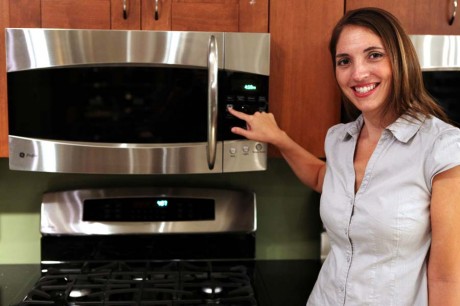Cooking efficiently
Clever methods help you cut energy costs for holiday meals
The U.S. Department of Energy estimates that cooking accounts for 4 percent of total home energy use, and this figure doesn't include the energy costs associated with refrigeration, hot water heating and dishwashing.
Fortunately, you can keep energy use down by clever cooking methods. As holiday parties and potlucks gear up, keep these helpful tips in mind to control energy costs:
Don't peek.
Every time the oven door is opened, the temperature inside is reduced by as much as 25 degrees, forcing it to use more energy to get back to the proper cooking temperature.
Turn it down or turn it off.
For regular cooking, it's probably not necessary to have your oven on as long — or set as high — as the recipe calls for. For recipes that need to bake for longer than an hour, pre-heating the oven isn't necessary. And residual heat on an electric oven or stovetop will finish the last 5 to 10 minutes of baking time. Just remember to keep the oven door closed or the lid on until time is up. Alternately, if you're baking in a ceramic or glass dish, you can typically set your oven for 25 degrees less than the recipe calls for. Because ceramic and glass hold heat better than metal pans, your dish will cook just as well at a lower temperature.
Clean those burners.
For your stovetop to function effectively, it's important that the metal reflectors under your electric stove burners stay free of dirt and grime.
Make use of your smaller appliances.
These include slow cookers, microwaves, toaster ovens, or warming plates. For example, the average toaster oven can use up to half the energy of the average electric stove over the same cooking time. Information to help you estimate how much energy your own appliances use is available on EnergySavers.gov.
Turn the furnace down.
If your next party involves a lot work for your stove, think about turning down your furnace to compensate. The heat of the oven and the body heat from all those guests will keep the temperature comfortable.
Time to update your pans?
Electric stovetops can only transmit heat to pans they are in direct contact with; the less contact your pan has with the burner, the more energy the stovetop will have to expend to heat the pan. If cooking with your warped pan is taking longer than it should, it may be time for a flat-bottomed update.
-
Share this story:
{ampz:Custom share for module}
